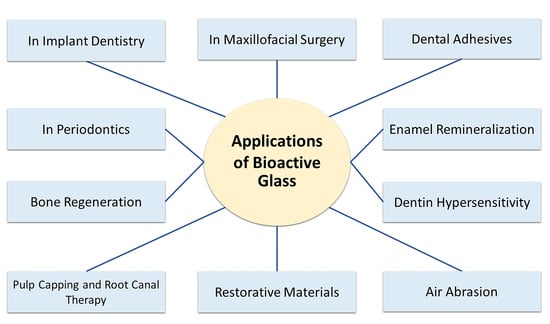Bioactive Glass Applications in Dentistry
Abstract
Share and Cite
Skallevold, H.E.; Rokaya, D.; Khurshid, Z.; Zafar, M.S. Bioactive Glass Applications in Dentistry. Int. J. Mol. Sci. 2019, 20, 5960. https://doi.org/10.3390/ijms20235960
Skallevold HE, Rokaya D, Khurshid Z, Zafar MS. Bioactive Glass Applications in Dentistry. International Journal of Molecular Sciences. 2019; 20(23):5960. https://doi.org/10.3390/ijms20235960
Chicago/Turabian StyleSkallevold, Hans Erling, Dinesh Rokaya, Zohaib Khurshid, and Muhammad Sohail Zafar. 2019. "Bioactive Glass Applications in Dentistry" International Journal of Molecular Sciences 20, no. 23: 5960. https://doi.org/10.3390/ijms20235960
APA StyleSkallevold, H. E., Rokaya, D., Khurshid, Z., & Zafar, M. S. (2019). Bioactive Glass Applications in Dentistry. International Journal of Molecular Sciences, 20(23), 5960. https://doi.org/10.3390/ijms20235960








